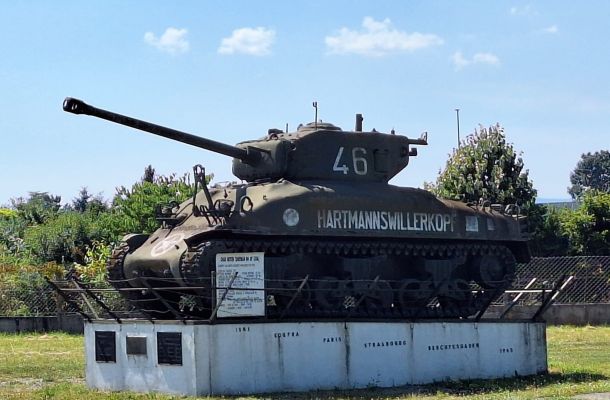When you look at the numbers involved in the battles along the Maginot Line, they tell a stark story of imbalance.
A typical battalion consisted of around 800 men. On the German side alone, there were 27 battalions poised for action, while the French could muster only 8 battalions in this sector. This disparity would become a critical factor as the engagements unfolded.
The French forts, which were supposed to hold their ground with a combination of fixed defenses and supporting firepower, had also relied on field artillery to cover the open stretches between them. In theory, these guns could have created a deadly overlap of fire. However, by the time the Germans advanced, only 34 French artillery pieces remained at the Maginot fortifications — most of the others had been pulled back and sent to the Champagne province to support the fight there.
On the German side, the contrast was staggering: they brought a total of 673 artillery pieces to bear against this part of the French defense.
This imbalance of men and firepower was one of the key reasons why the Maginot defenses, strong as they were in concrete and steel, could not hold against a well-supplied and determined attack. It’s a sobering reminder that even the most formidable forts can only do so much without the troops and guns to support them.
